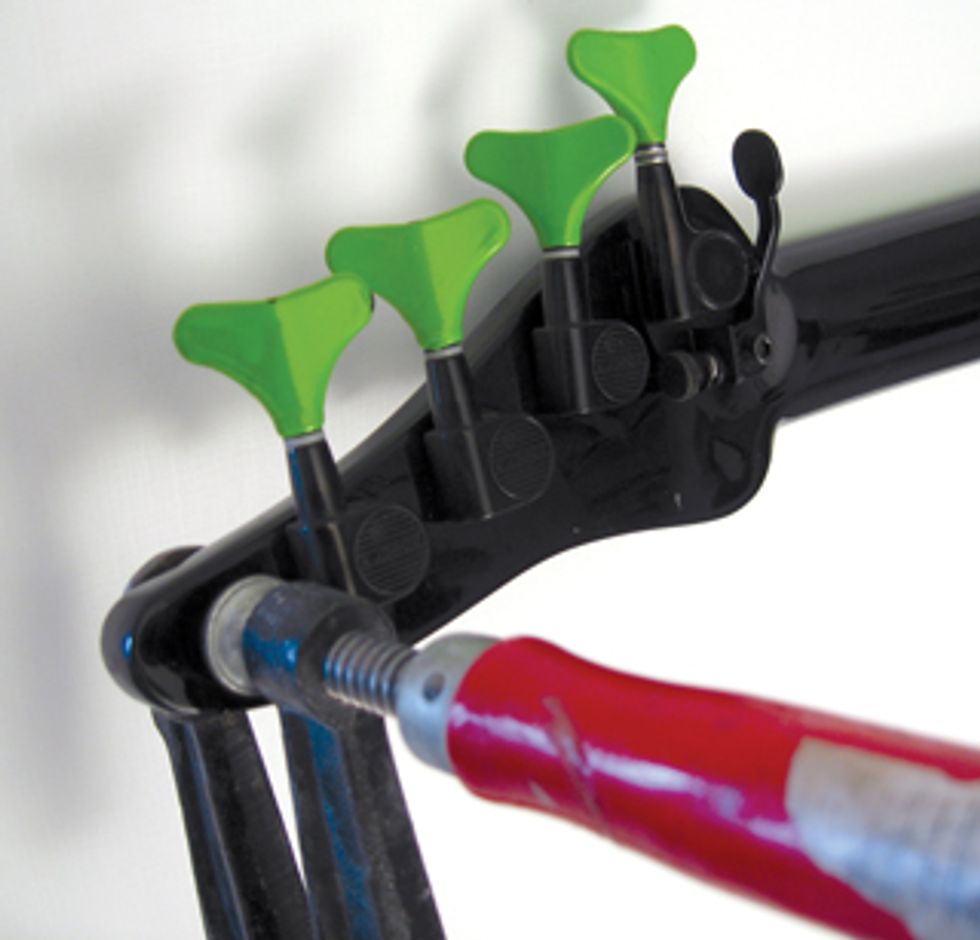
Fig. 1: Do you like to experiment? Try shifting a neck’s resonance by adding temporary mass with a clamp.
In their quest for tone, most bass players experiment by swapping pickups, strings, and tone controls, but rarely do they look for a new neck ... and at least those owning bolt-on instruments could.
Necks have two basic functions: They serve as a platform for our playing and they handle the tension of the strings. While the first consideration leads to last month’s thoughts about shape and radius [“What the Heck is with that Neck?,” November 2012], the second consideration is about stiffness and adjustability— factors that affect both playability and, as we’ll see in a moment, tone.
Adjustability. Whether made of wood, composites, or aluminum, almost all necks have a truss rod. The truss rod’s only function is to adjust the neck to a slightly forward curvature against the tension of the strings. There are also two-way truss rods that act in both directions, but they’re usually not needed on basses. That’s because a 4-string has a string tension of about 800N (Newtons)—equivalent to the weight of an 80-kilo adult constantly pulling at the neck over its entire (and hopefully long) life.
The truss rod provides a way to adjust a fretboard to its ideal state, which is to be slightly concave, thanks to a subtle forward bow. The main reason behind this is that a string’s amplitude decreases as we shorten its vibrating length by moving further up the fretboard. And if we aim for the lowest action, the neck curvature has to follow this non-linear change of amplitude. So a totally straight neck would either mean fret buzz in the lower register or an unnecessarily high action in the upper register.
It’s easy to see the curvature by pressing a string down against the first and last fret. A distance of 0.5 mm between string and fret in the middle of the fretboard is a good number. Turning the truss rod nut clockwise shortens the truss and causes the neck to bend backward and vice versa. These adjustments work the same way, whether the truss nut is at the body or headstock, although I have seen some differences in accuracy between these systems.
Most truss rods don’t run through the complete length of the neck. For example, rods having the adjustment nut at the headstock often end around the 17th or 19th fret. That’s not a big deal because in that region the neck is already thicker and stiffer, and thus better able to withstand the pull of the strings before the neck finally ends in the solid neck pocket. Having the adjustment nut on the body side sometimes means not being able to adjust the softest part of the neck, which is the area at the lowest frets. Those who need to loosen the strings and detach the neck simply to adjust it might want to put a neck with a headstock-accessed truss rod on a checklist for their next purchase.
Tonal influences. Judging by the number of comments on forum threads, of all the non-electric components, body wood has the most impact on bass tone. It seems players typically replace a neck if they don’t like its feel or adjustability, but rarely make the move for tonal reasons.
Which begs the question: How much influence can a neck have on tone and where in the sonic spectrum does it have the greatest effect?
Being a bass player, your main focus should be on the fundamentals and lower mids. Whatever happens in the upper mids or treble range is an extra. Without getting too technical, we can explore the production of fundamentals and lower mids using a very simple model.
For starters, we’re talking about electric solidbody basses, so the model is a vibrating string with its two bearings at the bridge and nut. Ideally, these are infinitely stiff, so any vibrational energy ends up in our pickups. Every less-than-ideal resonating part will suck up certain frequencies, thus modifying the resulting spectrum. Hopefully this creates a better tone with more character and doesn’t rob our bass of its fundamentals.
So we don’t have to deal too much with mass, elasticity modules, or the quality of our bearings in this discussion, let’s make it easy and ask only one question: Which of the two—body or neck—is more critical to our fundamental tones?
Without getting bogged down in technical terms, we can expect the lowest resonances from the element that’s the weakest or softest. Assuming neck and body are made of the same material, their cross sections give us a good impression of their stiffness. The ratio of these is about 10 times more for the body, so we can expect the lowest resonances within the neck. The length and lever arm of the neck compound this and make the resonances even lower.
The most annoying resonance on basses is a dead spot—one that meets the fundamental frequency, causing it to be rapidly absorbed. When this happens, the frequency shakes the neck and not the magnetic field of our pickups.
This simple model tells us that one way of getting rid of a dead spot is to get a stiffer neck, which is why stiffer composite necks are less known for dead spots. Adding mass to the neck—especially to the headstock— is another way to lift resonances. If you’re dealing with a dead spot, try this DIY experiment: Temporarily affix a clamp to the headstock to change the neck’s mass (Fig. 1). Changing to heavier or lighter tuners can also shift a neck’s resonance. Because they react to their multiple higher modes, these resonances will also work their way through the entire midrange.
I admit that the body-to-neck connection, the headstock, and all the involved masses factor into the tonal equation. But our simple model is good enough to show the crucial importance of the neck, and it also suggests that the body’s sonic role is way overrated.
 Heiko Hoepfinger is a German
physicist and long-time bassist, classical
guitarist, and motorcycle enthusiast. His
work on fuel cells for the European orbital
glider Hermes got him deeply into modern
materials and physical acoustics, and
led him to form BassLab (basslab.de)—a
manufacturer of monocoque guitars and basses. You can
reach him at
chefchen@basslab.de..
Heiko Hoepfinger is a German
physicist and long-time bassist, classical
guitarist, and motorcycle enthusiast. His
work on fuel cells for the European orbital
glider Hermes got him deeply into modern
materials and physical acoustics, and
led him to form BassLab (basslab.de)—a
manufacturer of monocoque guitars and basses. You can
reach him at
chefchen@basslab.de..






![Rig Rundown: AFI [2025]](https://www.premierguitar.com/media-library/youtube.jpg?id=62064741&width=1245&height=700&quality=70&coordinates=0%2C0%2C0%2C0)












 Shop Scott's Rig
Shop Scott's Rig
![Rig Rundown: Russian Circles’ Mike Sullivan [2025]](https://www.premierguitar.com/media-library/youtube.jpg?id=62303631&width=1245&height=700&quality=70&coordinates=0%2C0%2C0%2C0)














































